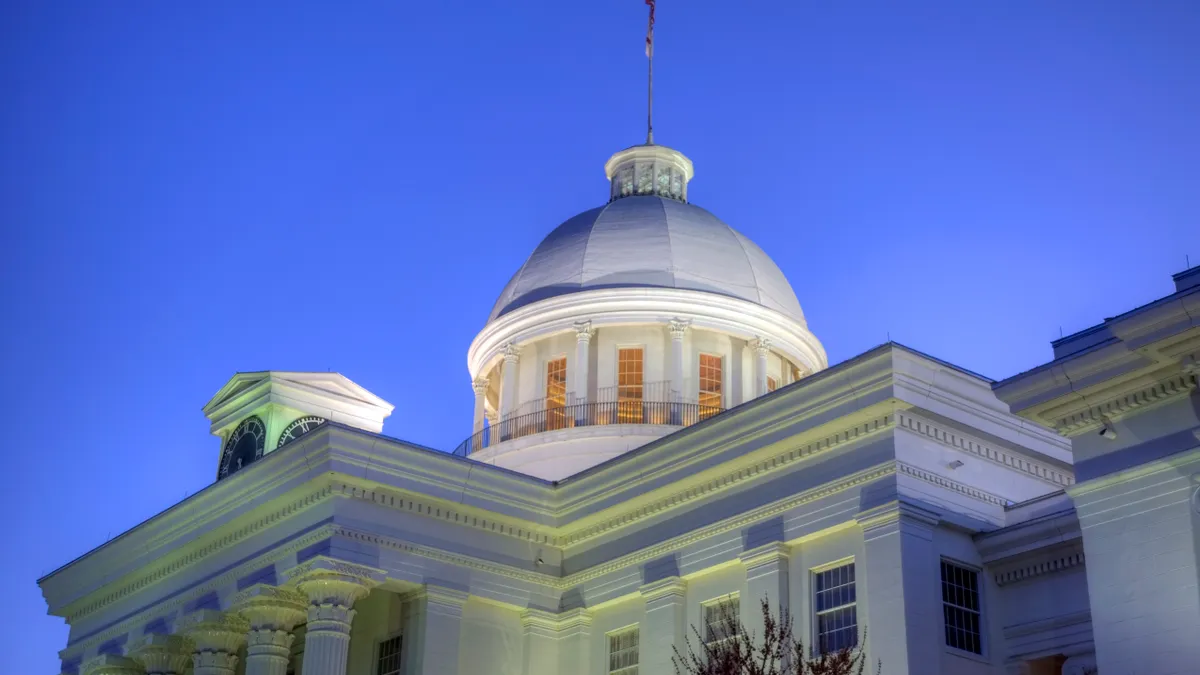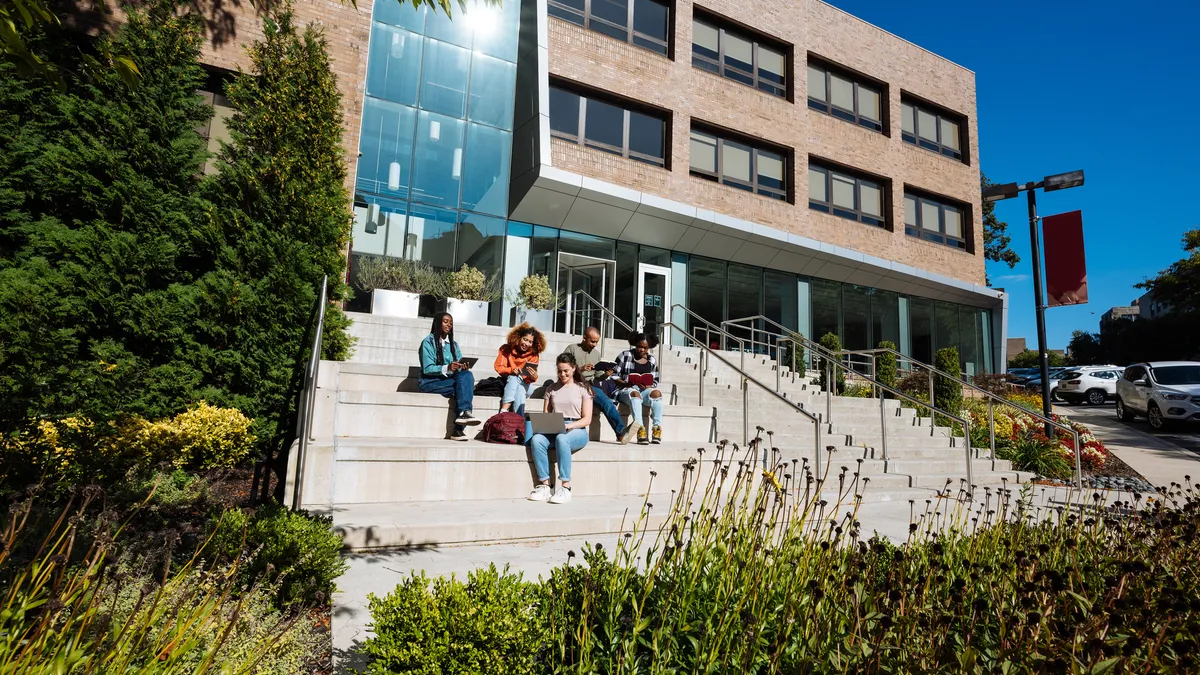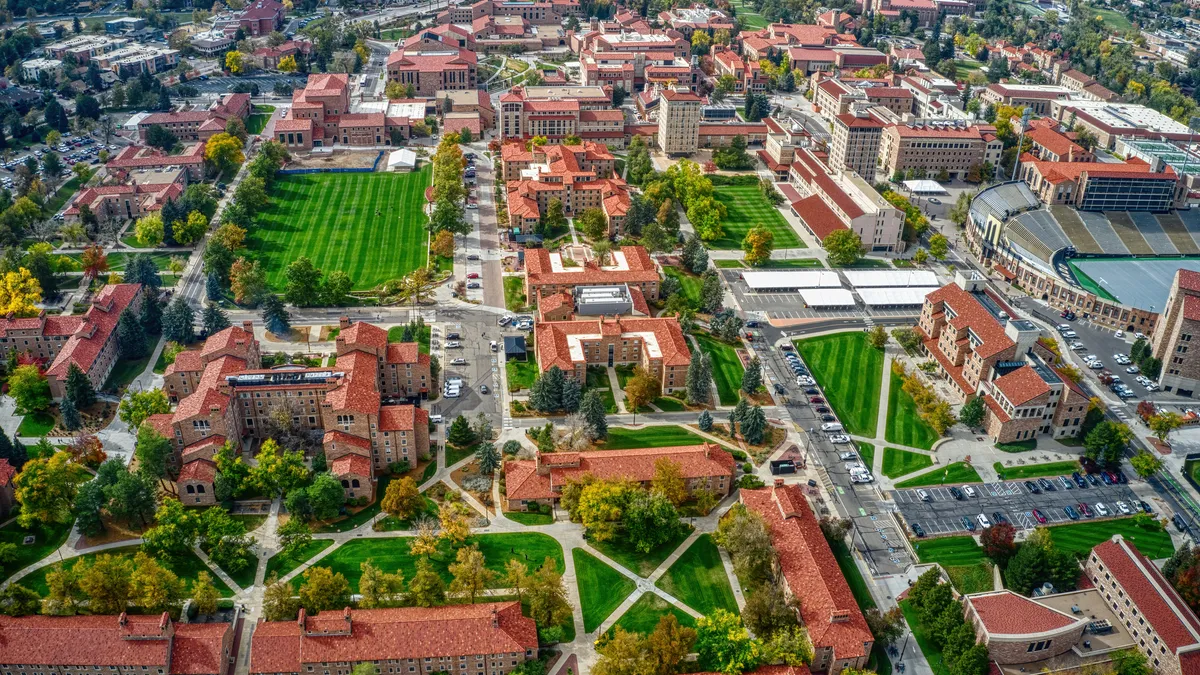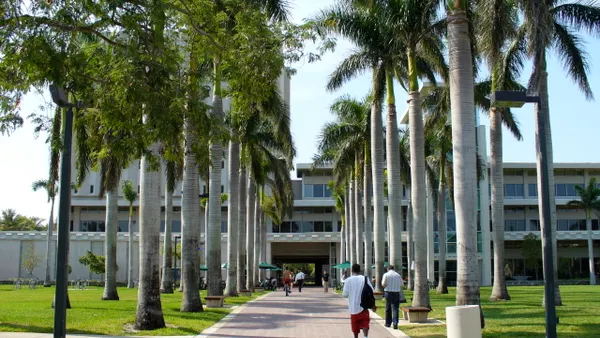Ricardo Azziz has held numerous executive positions in higher education and led the merger that resulted in Georgia Regents University, now Augusta University. He is principal at Strategic Partnerships in Higher Education, or SPH, Consulting Group.
He writes the regular Merger Watch opinion series on corporate restructuring in higher education.
Officials at Pittsburgh Public Schools are considering reducing the system’s number of schools from 54 to 39 amid budget issues, drawing fierce resistance. In San Francisco, the city mayor opposed plans by the San Francisco Unified School District to close or merge 13 schools, a proposal that has since been halted. And some school boards that have proposed closures have faced aggressive maneuvering by teacher unions and politicians to keep schools open.
Why is this happening? The immediate answer is there are fewer children to educate, a trend partly due to declining birth rates.

The COVID-19 pandemic added to the stress by abruptly decreasing the number of children attending public schools, with some switching to homeschooling or private school.
The future of higher ed is reflected in the present-day challenges of K-12 education. Data from pre-K-12 schools today suggests that enrollment challenges are likely to worsen in the coming years.
Higher education is already facing a grim situation, with roughly one college or university closing every week (contributing to a 2% decline of the 5,900 or so Title IV-eligible institutions during the 2023-24 academic year).
Pre-K-12 schools are experiencing something similar. Between the 2010-11 and 2020-21 school years, federal data shows 14,372 public schools closed that collectively enrolled roughly 2.6 million children, requiring many of them to change schools, according to federal data. New schools partially offset the losses, as the total number of public schools between 2010-11 and 2020-21 decreased by only 240 schools, or a 0.2% decline.
Private Pre-K-12 schools showed sharper declines, with the total number decreasing by 2,874 between 2009-10 and 2019-20 (no data is available for years 2010-11 and 2020-21), representing a 8.6% decline.
Students in public schools, meanwhile, decreased from 50 million in fall 2013 to 49.5 million in fall 2023, the latest federal data shows.
Of greater concern is the differing pattern in enrollment between pre-K-8 and grades 9-12.
From fall 2013 to fall 2023, enrollment in grades 9-12 in public schools increased from 14.8 million to 15.6 million students. Enrollment in public pre-K-8, however, declined from 35.3 million students to 33.9 million students, a roughly 3.7% drop. This means that colleges and universities will experience an additional drop in traditional college-bound students when the current cohort of pre-K-8 students graduate.
Thus, the future looks even more challenging.
Public schools are projected to lose 2.7 million students, for a 5.5% decline, from 2022 to 2031, according to the latest federal projections. That includes a loss of 1.8 million students in pre-K-8, or a 5.4% loss, and 883,000 students in grades 9-12, a 5.7% decline. Those declines will impact the number of potentially college-bound students.
In summary, the loss of students in the pre-K-12 sector is a harbinger of what’s to come in higher ed. A future that looks more costly, more competitive and less favorable for colleges and universities.
Higher education leaders should remember that in any marketplace with decreasing demand, increasing costs and significant excess capacity, consolidation, including mergers and closures, are inevitable.
Leaders who understand and are willing to accept this outlook — and who are willing and able to educate their boards and communities that undertaking major institutional restructuring sooner rather than later would benefit their institutions and, more importantly, their students — will be able to better position their institutions to achieve a sustainable and thriving future.
































